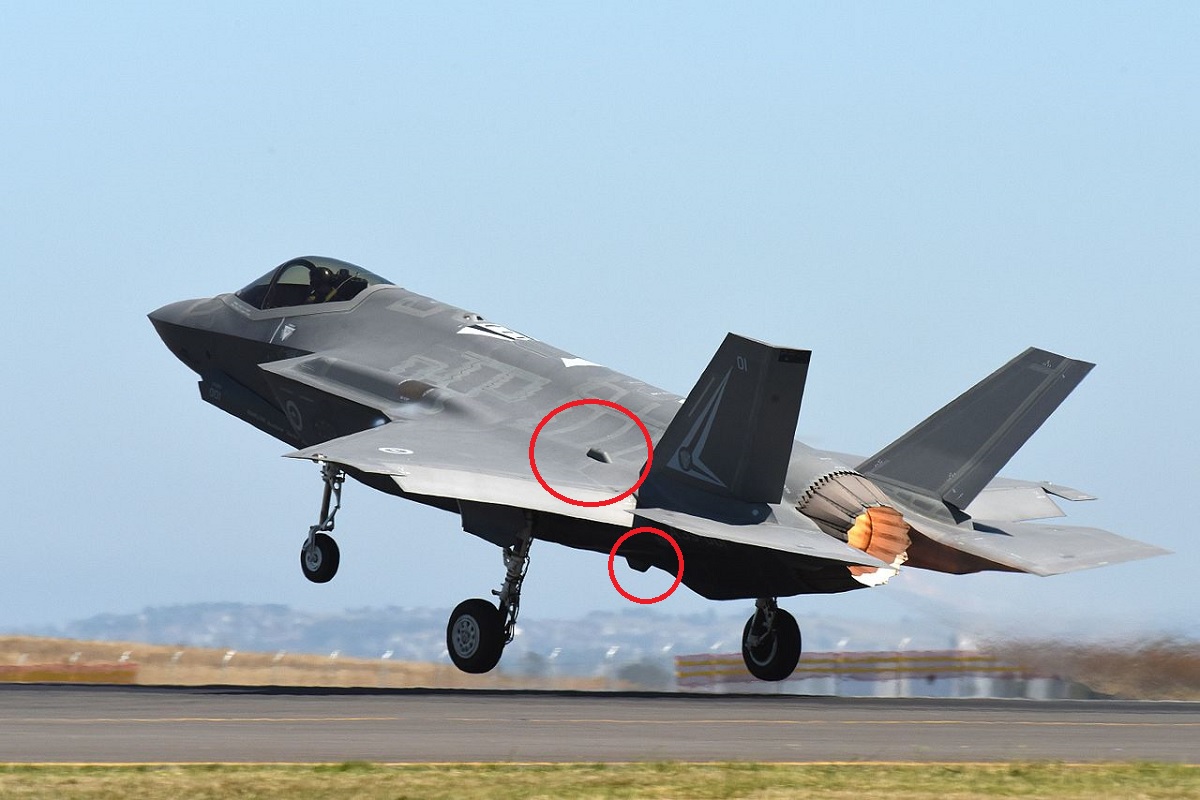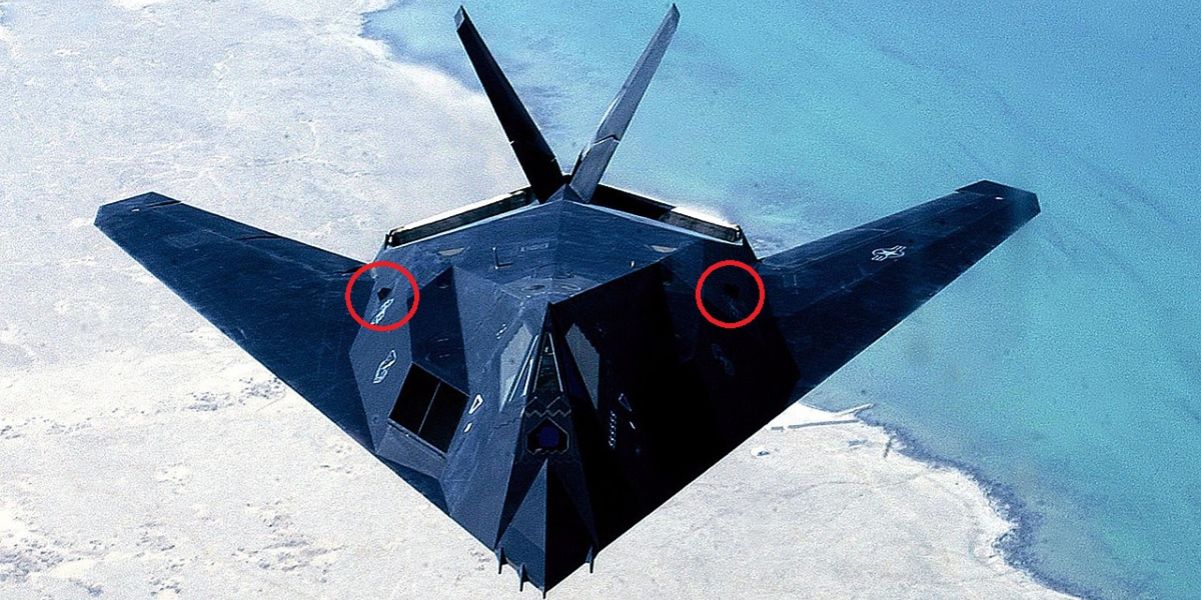Stealth aircraft
By the 1970s, new materials and techniques allowed engineers to design an aircraft with radar-evading or “stealth” qualities. The result was the F-117A, the world’s first operational stealth aircraft.
After the Nighthawk the USAF continued to incorporate the stealth technology into tactical aircraft (in the F-22 and in the F-35, the latter jointly developed with the US Navy and the US Marine Corps) and into a long-range bomber (the B-2, and in the new B-21) capable of delivering large payloads of conventional or nuclear weapons.
Stealth aircraft destroyed key targets in conflicts in Iraq, both in the 1991 Desert Storm operation and in 2003 during Operation Iraqi Freedom; in Yugoslavia during Operation Allied Force in 1999; in Afghanistan during Operation Enduring Freedom in 2001; and in Libya in 2011.
Luneburg lenses
But, is it possible to make stealth aircraft visible on radar screens?
‘Do you see these small objects bolted to the outside for the F-35?

‘Here is another good shot of the F-35 with them.

‘Here is one on the F-22.

‘And here on the F-117.

‘What are they? They are Luneburg lenses. They are bolt on radar reflectors,’ says Damien Leimbach, USAF avionics technician, on Quora.
Removable Luneburg lens type radar reflectors are sometimes attached to military aircraft in order to make stealth aircraft visible during training operations, or to conceal their true radar signature. Unlike other types of radar reflectors, their shape doesn’t affect the handling of the aircraft.
Leimbach continues;
‘The planes are so stealthy that civilian air traffic control would not be able to see them on radar (obviously, that’s the point of a stealth plane).
Radar reflectors for stealth aircraft when they don’t need to be “stealthy”
‘Unlike what you may see in Hollywood, stealth mode is not a switch that you flip in the cockpit. The shape is stealthy all the time. You also have things like encoded altimeters that broadcast your altitude to ATC, but not your position, so it still helps if they can see you with radar. So sometimes, they add little radar reflectors to the planes when they don’t need to be “stealthy.”
‘Their entire purpose is to reflect radar energy back at the transmitter, so the plane can be “seen.”’
Leimbach concludes;
‘It would therefore be very easy to take a small cruise missile, like this ADM-160 MALD and put Luneburg lenses inside it, to give it the same radar signature of a fighter or a bomber.

‘So, it can be done electronically with antennas and transmitters, or physically with reflectors.’
Photo by Master Sgt. John Gordinier / U.S. Air Force and Raytheon

